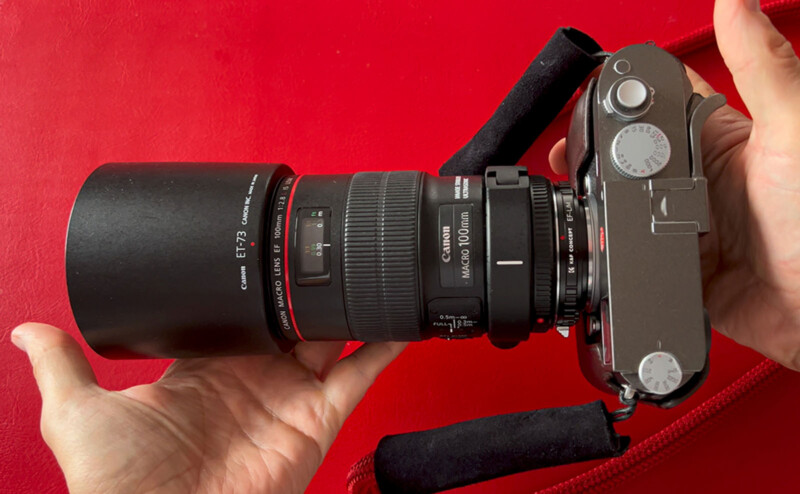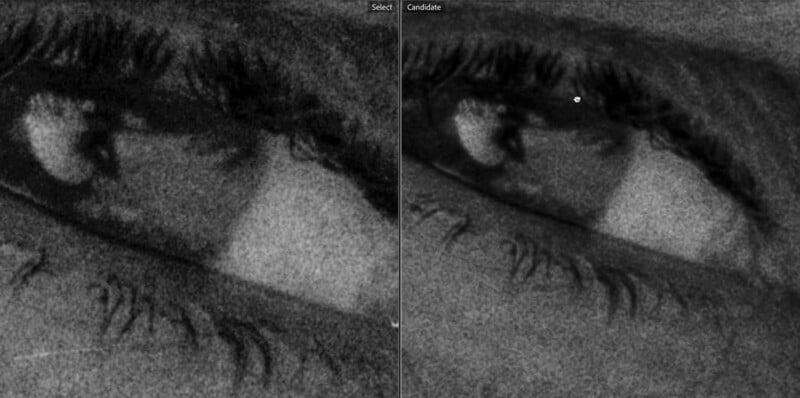Photographer’s Leica M11 Becomes Fancy and Effective Film Scanner
![]()
Austrian photographer Markus Hofstaetter is back with another exciting project. This time, the photographer built a high-end film scanning setup using a Leica M11 camera. How does it compare to a purpose-built professional film scanner?
“I love to scan with my Screen Cezanne scanner, but it takes forever to boot it up and to start a scan,” Hofstaetter writes on his blog. “And when I need to scan 35mm film, I have to do a lot of work to scan 36 frames.” Enter the Leica M11.
In and of itself, using cameras to scan film isn’t new. Many companies offer solutions to use a digital camera to scan film, including BlackScale Lab and its BlackBox 120 system and Valoi’s easy35 platform. Speaking of Valoi, Hofstaetter uses the company’s 360 Advancer as part of his M11 scanning setup.
It’s a pretty complex setup in general. Hofstaetter uses a K&F Concept mount adapter to put a Canon EF 100mm macro lens on his M11, which must have its aperture locked at the desired setting from a Canon camera before being adapted to the M11. Hofstaetter uses the Leica Fotos app on his iPad to get a live view from the camera, enabling him to quickly check focus for “scanning.”
“I am really happy to use the Leica M11 for digitizing tintypes and film,” Hofstaetter says. “It makes my life easier and more comfortable and still gives me great quality to work with.”

However, while the Leica M11 setup is way faster and easier to use than Hofstaetter’s 160-pound Screen Cezanne scanner, it is hard to beat the quality of the 150-megapixel scans the behemoth scanner produces.
However, as Hofstaetter’s examples show, while the M11 can’t quite match the quality of the dedicated scanner, it comes close. This is thanks to the M11’s very impressive 60.3-megapixel BSI CMOS image sensor and Hofstaetter’s precision. When the negatives are flat, the light is good, and the lens is focused, the M11 does a heck of a job scanning old film — including shots from an analog Leica M2 camera. “Somehow it’s funny to scan negatives from a Leica M2 with an M11,” Hofstaetter says.

“The screen scanner beats the digital camera easily, but at the cost of time,” Hofstaetter argues. “Otherwise, the 60-megapixel ‘scans’ of the digital camera are looking really great. I am sure these digital scans will be more than enough for 80% of my needs.”
Additional details and sample images are available on Hofstaetter’s blog. There are many ways to scan old film negatives these days, and most digital photographers are already well on their way to having the necessary equipment.
Image credits: Markus Hofstaetter